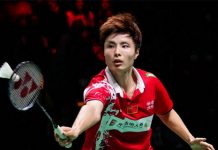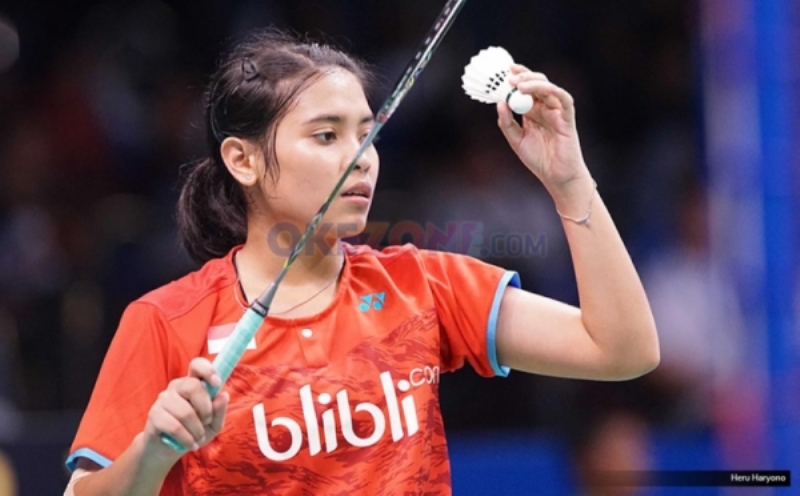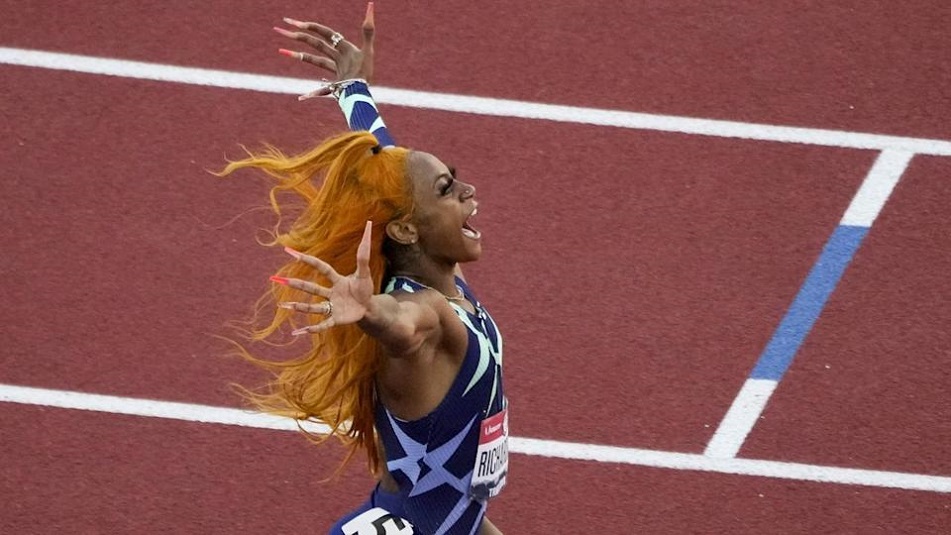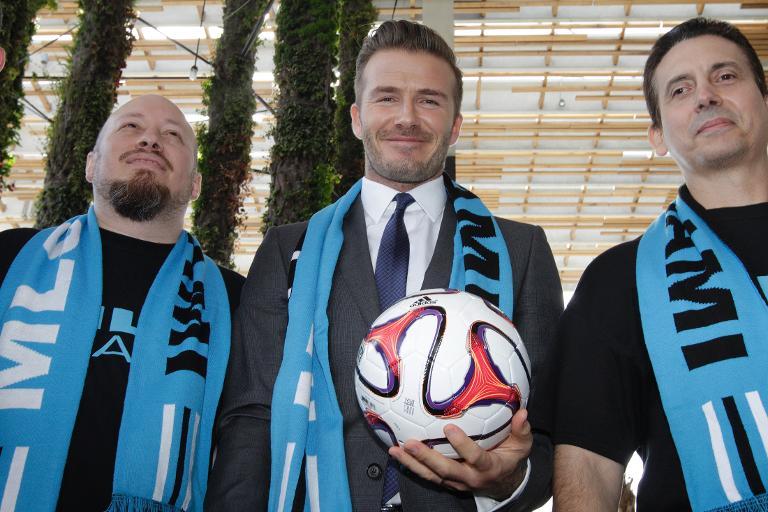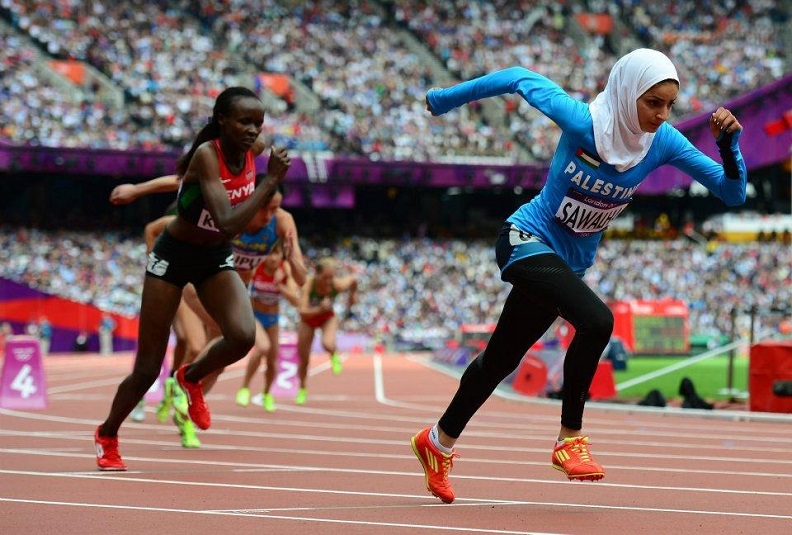 Runner Craig Engels is renowned for his luxurious, voluminous mullet-styled hair, which helped him build a name and recognizable face. For those who want to achieve the same healthy looking hair, however, keeping it looking good throughout training can be a challenge. Whether you’re training for a marathon or simply run as part of a rigorous workout, here’s how you can properly maintain healthy hair, short or long.
Runner Craig Engels is renowned for his luxurious, voluminous mullet-styled hair, which helped him build a name and recognizable face. For those who want to achieve the same healthy looking hair, however, keeping it looking good throughout training can be a challenge. Whether you’re training for a marathon or simply run as part of a rigorous workout, here’s how you can properly maintain healthy hair, short or long.
The truth about hair washing
While you might feel inclined to wash your hair every day after running, it’s important to take into consideration that this likely isn’t necessary. In fact, washing your hair everyday with a shampoo that’s designed to strip the oils from your hair can prevent you from having healthy hair, as the sebum that your scalp produces actually works to promote healthy hair.
Frequent hair washing is also known to dry out the scalp and cause dull, coarse hair, making it more difficult to style. While a number of elements factor into how often you really need to wash your hair — including how much you sweat — every day may very well not be necessary, and this is something to consider when seeking out healthier locks.
Combating sweaty locks
Sweat is a major downfall for runners when it comes to their hair, but it can easily be managed with a post-workout routine. For instance, making use of a hairdryer on sweaty, wet hair may sound counterintuitive, but it will make you more comfortable following a long run.
Dry shampoo can also go a long way, especially if you aren’t washing your hair daily but you still want to freshen up. For both men and women, taking preventative measures to avoid sweaty hair is also possible, and can be done by using absorbent athletic headbands.
For those with longer hair, using elevated hairstyles like buns and high ponytails is another preventative measure to keep as much sweat away from your locks as possible — but it’s necessary to be cautious with these styles, as they could easily become damaging.
Preventing breakage by trying new styles
For runners with hair on the longer side, go-to styles are likely to be those that keep the hair out of your face — such as the classic ponytail, bun, or braids. However, if you’re using one of these styles day-in and day-out, you’re likely causing a lot of stress on the hair and scalp, making breakage and even follicle damage a real possibility.
In order to prevent this, changing up your hairstyle regularly is a must. This can be done by rotating differing styles throughout the week, although it’s still important to take care when styling your hair. For example, if you find yourself gravitating towards braids, keeping the hair as loose as possible (especially when starting the braid) will reduce the amount of stress on both the hair and the scalp.
On the other hand, those whose go-to style is a ponytail or bun may find that using hair ties that aren’t going to pull the hair and scalp (like those made out of comfortable fabrics without metal clasps) can make things more comfortable.
Managing your hair as an athlete may be challenging, especially if your goal is to get healthier hair. However, by changing up your hairstyle, refraining from daily washes, and combatting sweat in a productive way, you can reach your hair goals at the same time as your fitness ones.











